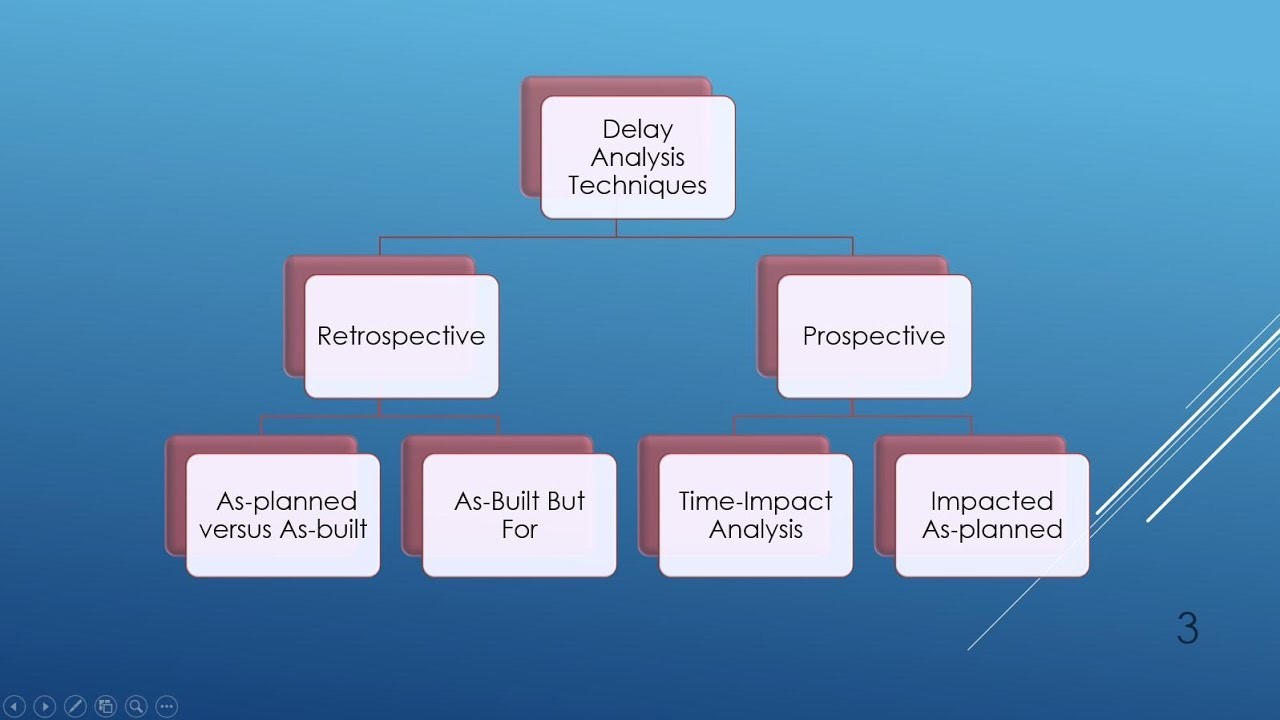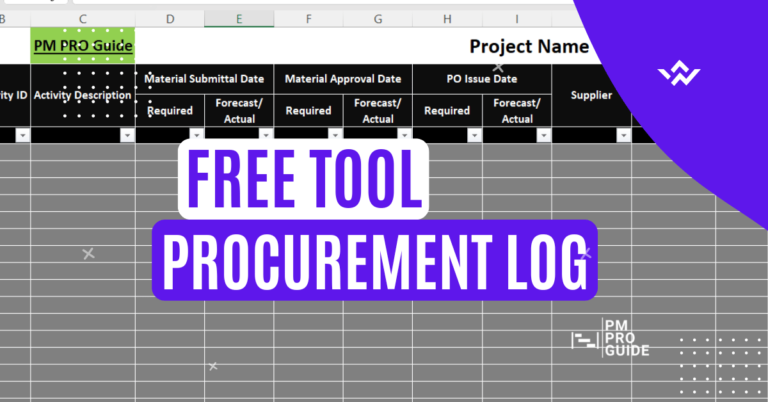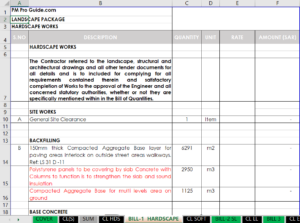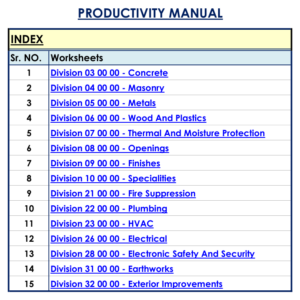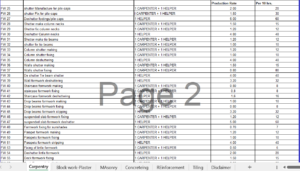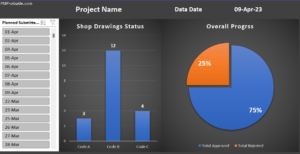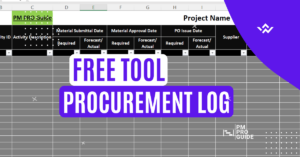Delays are an inevitable part of any construction or engineering project. They can be caused by various factors, such as bad weather, unforeseen site conditions, design errors, or labor disputes. Delay analysis in construction is the process of identifying, analyzing, and quantifying the impact of delays on a project’s schedule and cost. It is an essential tool for project managers, contractors, and owners to manage risks, resolve disputes, and ensure successful project delivery.
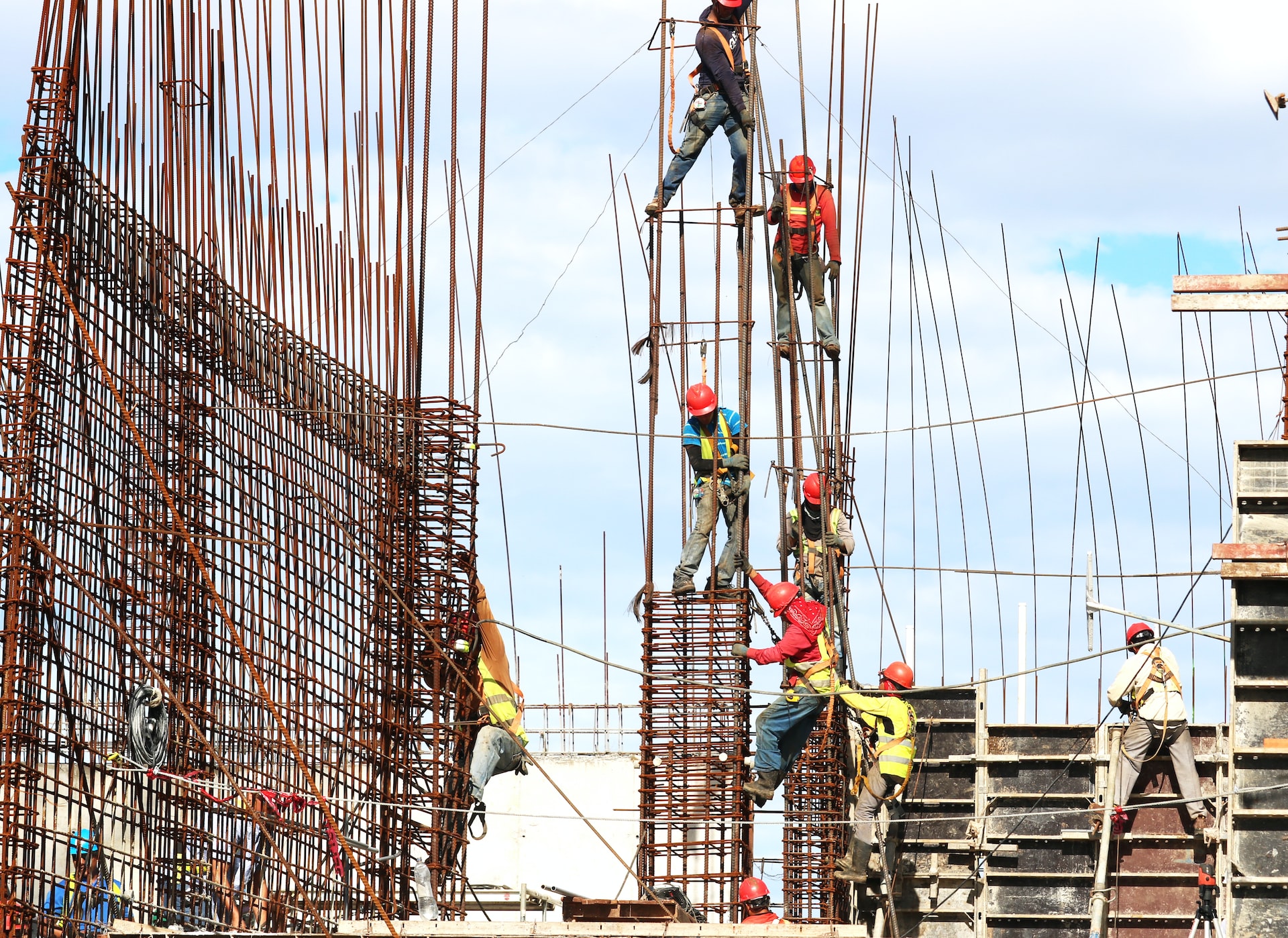
Table of Contents
What is Delay Analysis in construction?
Delay analysis is the process of examining the impact of delays on a project’s schedule and cost. It involves analyzing the project schedule, identifying the causes and effects of delays, and determining the extent of their impact on the project’s timeline and budget. Delay analysis aims to provide a clear understanding of the causes and effects of delays, allowing project managers to take corrective actions and mitigate the impact of delays on the project.
Types of Delays in Construction Projects
There are various types of delays that can occur in construction projects, such as excusable and non-excusable delays, concurrent delays, compensable and non-compensable delays, and critical and non-critical delays. Each type of delay has different implications for the project schedule and cost, and it is essential to identify and analyze the types of delays that occur in a project.
Importance of Delay Analysis in Project Management
Delay analysis is crucial for project management because it allows project managers to identify and mitigate the risks associated with delays. By analyzing the causes and effects of delays, project managers can take corrective actions to avoid future delays and ensure project success. Delay analysis is also essential for resolving disputes between contractors and owners, as it provides objective evidence of the impact of delays on the project schedule and cost.
Delay Analysis Techniques
There are various delay analysis techniques used in project management, such as as-planned vs. as-built analysis, impacted as-planned analysis, time impact analysis, window analysis, and collapsed as-built analysis. Each technique has its strengths and weaknesses, and the choice of the technique depends on the project’s circumstances and the availability of data.
We wrote a full step by step guide on how to implement a window analysis technique on your project:
Steps to Conduct a Delay Analysis
The process of conducting a delay analysis includes several steps, such as reviewing project documents, identifying the critical path, analyzing the impact of delays, and preparing a delay analysis report. Each step requires careful attention to detail and a thorough understanding of the project’s schedule and cost.
Best Practices for Conducting Delay Analysis
Conducting delay analysis in construction can be a complex and challenging task, but following best practices can help ensure accuracy and completeness in the analysis. One important practice is to clearly define the baseline schedule and maintain accurate records throughout the project. This includes maintaining an up-to-date project schedule, tracking changes and delays, and documenting any relevant events or issues. Keeping accurate records from the beginning of the project can make it easier to identify and analyze delays later on.
Another important practice is to use appropriate delay analysis methodologies that are accepted by the industry and courts. The choice of methodology may depend on the project type, contract language, and available data, among other factors. It’s important to select a methodology that is suitable for the specific project and that can provide a comprehensive analysis of the delays. In addition, the methodology should be applied consistently throughout the analysis to ensure accuracy and avoid bias. Overall, following best practices can help project stakeholders achieve a more reliable and defensible delay analysis.
To ensure the accuracy and reliability of delay analysis, it is essential to follow best practices, such as using reliable data sources, engaging in regular communication with project stakeholders, documenting all delay-related information, and considering the opinions of experts.
Tools and Software for Delay Analysis
There are many tools and software available to aid in delay analysis. These tools can help streamline the process and ensure accurate results. One commonly used tool is Primavera P6, which is a project management software that includes a robust scheduling engine. It allows for the creation of detailed project schedules that can be used to identify delays and analyze their impacts. Other scheduling tools such as Microsoft Project and Asta Powerproject can also be used for delay analysis.
In addition to scheduling tools, there are also specialized software programs designed specifically for delay analysis. These programs use advanced algorithms and data analysis techniques to provide detailed reports and visualizations of the delay impacts. Some popular delay analysis software programs include Acumen Fuse, Time Impact Analysis (TIA), and DelayPro. These programs can help identify the root causes of delays, quantify the extent of the impacts, and provide recommendations for mitigation strategies.
Challenges in Delay Analysis
We know this can be a complex and challenging process, particularly in large projects. One of the biggest challenges is determining the causation of delays, as multiple factors can contribute to a delay. Other challenges include identifying the baseline schedule, accurately measuring the extent of delay, and determining the responsibility for each delay event. Additionally, there may be disagreements between the project owner, contractor, and other stakeholders on the methodology and approach to delay analysis. Overcoming these challenges requires a thorough understanding of delay analysis principles and techniques, as well as effective communication and collaboration among all parties involved in the project.
Conclusion
Delay analysis is a crucial component of effective project management. By identifying the causes of delay and developing mitigation strategies, project managers can keep their projects on track and minimize the impact of unforeseen obstacles. Utilizing tools such as critical path analysis and schedule compression can help streamline the process and make it more efficient.
It’s important to approach delay analysis in a proactive and systematic way, involving all stakeholders and team members. By doing so, you can ensure that your project is completed on time and within budget, while also maintaining positive relationships with clients and stakeholders.
If you’re struggling with project delays, consider reaching out to a professional project management service like ours. Our experienced team can provide expert analysis and advice to help you get your project back on track and achieve your goals.
Bonus
If you’re still interested in Delay Analysis you can checkout this course presented by Eng. Hany Ismail, AKA Planning Engineer. He is one of the pioneers in project management field in the modern world. He also has a YouTube channel where he provides free information and planning tips and tricks.
Check out his course here : https://planningengineer.net/courses/claims-management-and-delays-analysis-online-workshop
For more:
- The Society of Construction Law: “Delay and Disruption Protocol” https://www.scl.org.uk/resources/delay-disruption-protocol
- Planning Planet: “Delay Analysis Methods” https://www.planningplanet.com/guild/gpccar/delay-analysis-methods
- PrimaveraReader: “Delay Analysis Techniques Every Project Manager Should Know” https://www.primaverareader.com/blog/delay-analysis-techniques-every-project-manager-should-know
- AACE International: “Recommended Practice for Forensic Schedule Analysis” https://web.aacei.org/docs/default-source/toc/rp29r-03.pdf?sfvrsn=4
- If you’re interested in learning more about project management, check out our blog for more articles on related topics here
- Interested in seeing how our team of experts can assist you with your projects planning? Check out our 4D planning services

